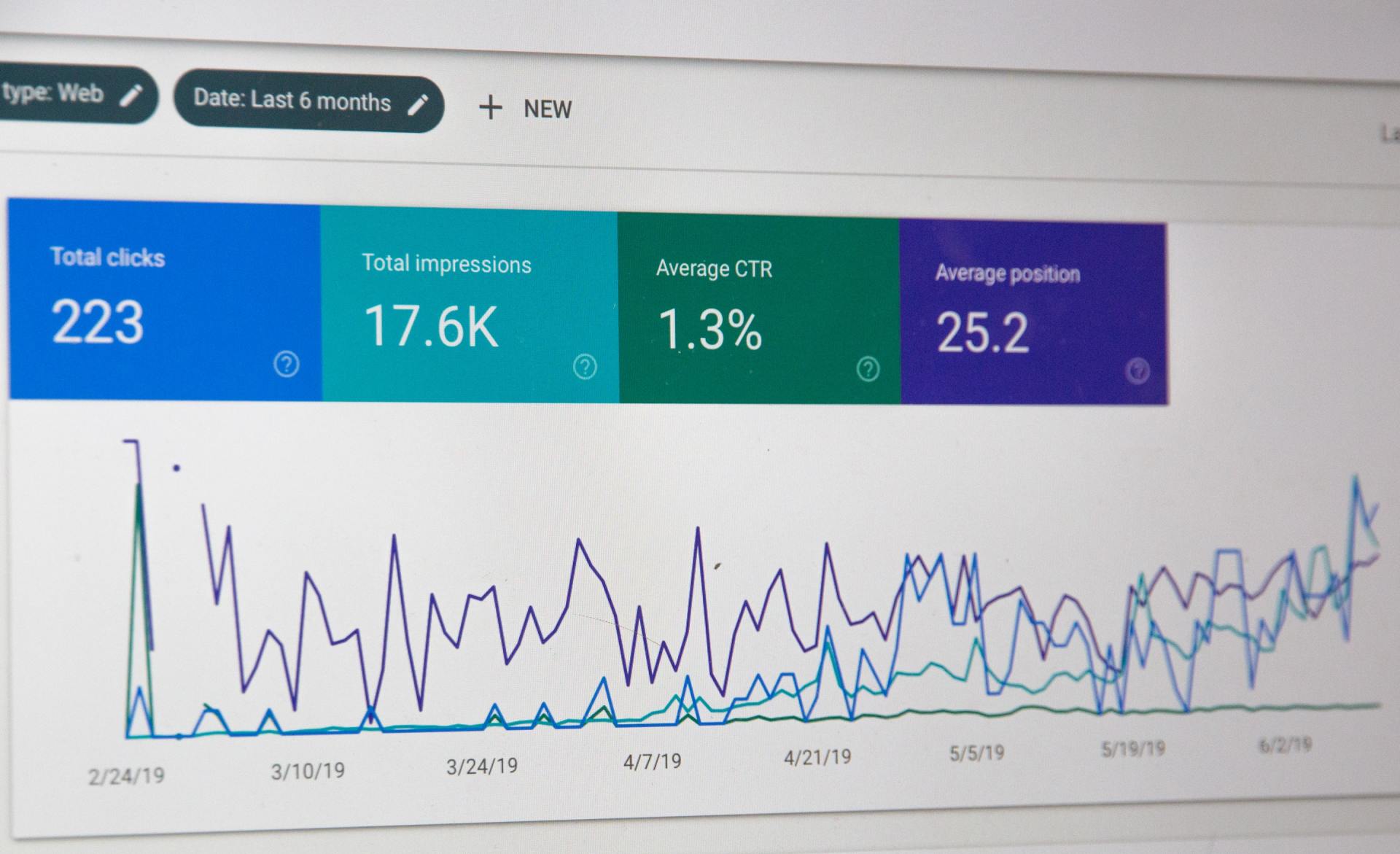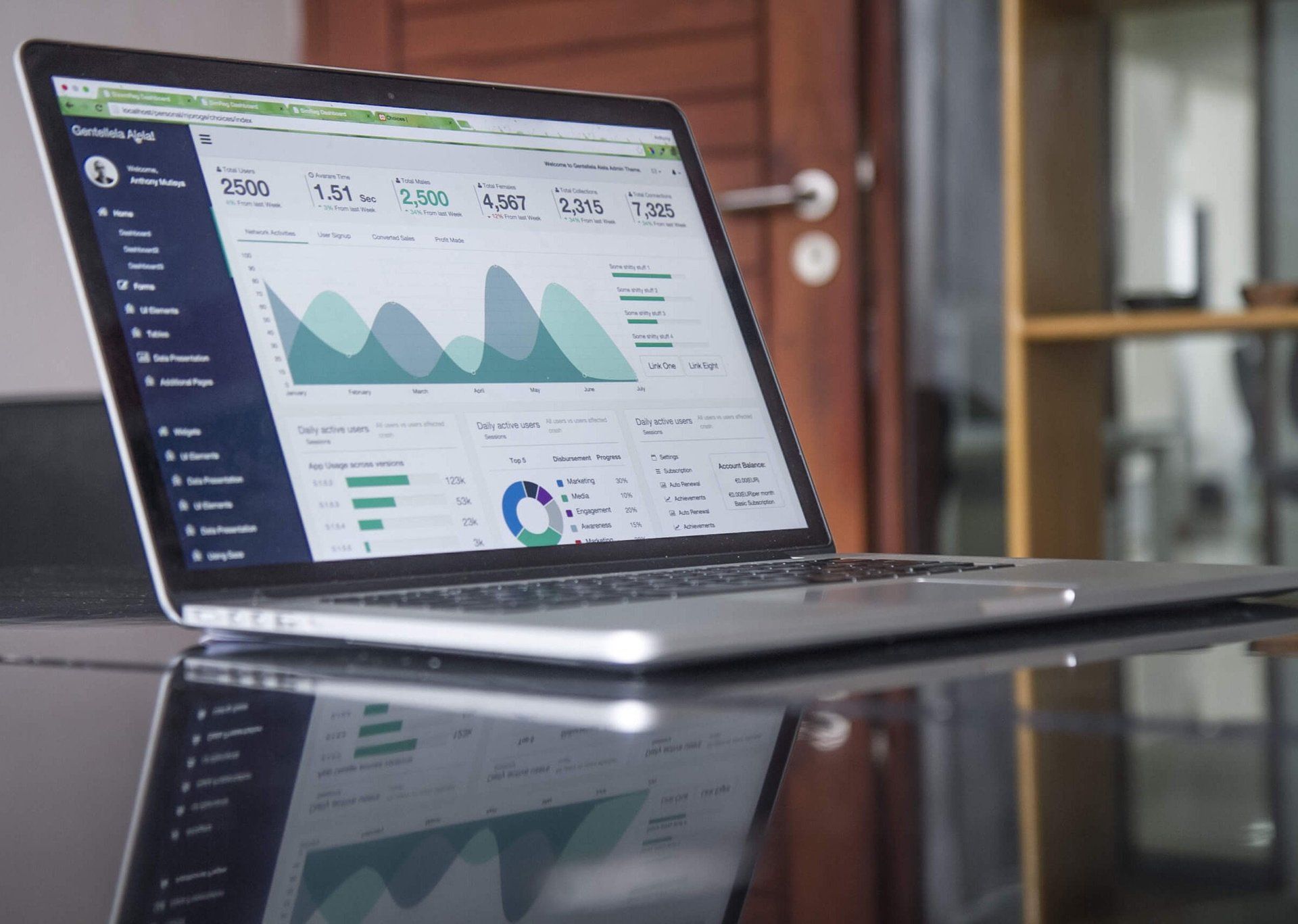Blog Layout
Webinar - Top 4 Tools for Landing Page Search Engine Optimization
Bassem Ghali
Webinar - Top 4 Tools for Landing Page Search Engine Optimization
How To Increase Your SEO Keyword Relevance, Authority, And Search Engine Ranking
Are you trying to improve your Landing Page rankings on search engines? Landing Page SEO is a vital step to improving your relevance, authority, and search engine ranking. Choose the most effective Keywords for each of your Landing Pages, optimize your Landing Page titles, headings, images and body text, and measure the effectiveness with Landing Page SEO Tools.
Why Use Green Lotus SEO Tools For Landing Page Optimization?
- Your website optimization helps search engines determine your authority and relevance to search terms, and your search engine ranking.
- Landing Page Optimization Tools analyse your Landing Page for optimal use of specific keywords you have researched and identified.
- Landing Page SEO Tools provide you with an overall optimization score, and pinpoints specific areas on the page where Keywords should be included.
- The Tools can scale to meet your needs, analysing multiple Landing Pages and keywords.
- Create ‘Events’ within Green Lotus SEO Tools to pinpoint when major changes are made to your Landing Page content, and analyse the effectiveness.
- Access Green Lotus Tools from anywhere in the world! The Tools are cloud based and do not require any downloads or installations.
What is a SEO Landing Page?
Your homepage is not a great Landing Page, it contains a wealth of information and links to various parts of your website
- A Landing Page should have a single message and Call-to-Action or point of conversion
- Product and Service pages are great SEO Landing Pages. Example: If a user is searching online for ‘content writing services’ ideally they should land on your service page for ‘Content Writing’. Your Service pages should be optimized for 2-3 keywords relevant to your specific service.
- Learn more with Top 5 Landing Page Design Best Practices
Quick SEO Tip: have a separate webpage for each of your products and services, and optimize these pages as Landing Pages, so they perform well and appear in relevant search results.
4 Essential Tools for Landing Page SEO
#1 – SEO Analysis Tool
Popular Pages – Identify your most popular pages, and start optimizing these pages for specific keywords, then start addressing your Service and Product pages. Each specific page should be optimized for its own individual set of keywords.
#2 – SEO Keyword Research Tools
Keyword Research (link to the Keyword Research article) is the first step in any SEO strategy! Once you have performed keyword research, it is recommended that you optimize each page for 2-3 keywords or keyword phrases, and include a ‘location’ keyword. Example: ‘Content Writing Toronto’
#3 – Landing Page Overview Tool
Select the most valuable pages of your site that you will optimize for the targeted keywords, and get an analysis of page performance, critical issues, broken links, total backlinks, social citations, search engine ranking, and more.
Select the specific Keywords you will use to optimize each Landing Page, each page can have a different set of Keywords that will be analysed.
#4 – Landing Page SEO Tool
Dig deeper into the optimization of each of your Landing Pages! Improve your optimization score and page quality with these tips
- Keywords in Title Tag
– the Title Tag appears in search engine results, it is what the user will click on to reach your website. Having your primary Keyword in the Title Tag also confirms to the user that the website is relevant to their search terms. - Keywords in H1 Headings
– the most important Heading on your page is the H1, it is used by search engines to determine the relevance of your page to searched terms. Be clear and highlight your product/service or offer with Keywords in the Heading Tag. - Keywords in H2-H4 Headings
– H1-H4 are secondary Headings that are used by Search Engines to determine a pages’ relevance to searched terms. - Keywords in Description Tag
– create a unique page description for each page on your website, and include your most important keywords. The Description may appear under your Page Title in search engine results, providing users with a ‘snippet’ of your page. - Keywords Present in Body Text
– The Landing Page SEO Tool will show how many times your Keywords are included in the body of your text, the recommended amount depends on the length of your page - Keyword Density in Body Text
– the frequency of Keywords within the text of your Landing Page is important to avoid keyword stuffing penalties. There is no solid rule for Keyword Density but we recommend:
– 3 to 5 % for primary Keyword
– 1 to 3% for your secondary Keyword
– Less 1 % for any other Keywords - Keywords in URL
– having your primary Keyword in the URL helps search engines determine the relevance of a page to searched terms. URL best practices recommend using all lower case words, and dashes to separate words (not an underscore). - Keywords in Image ALT Tags and File Names
– images provide another opportunity to optimize for keywords and provide added information about a page’s relevance to search terms. - Keywords Linking Text
– another indication of relevance and authority is the linking text of any links going to your Landing Page. Link the authoritative pages of your site to relevant Landing Pages using phrases that include the specific keywords you have identified for your Landing Page optimization.
Quick SEO Tip: In the body text of your webpage include a section outlining the benefits of your product or service, and other vital information users would need to make a decision.

By Bassem Ghali
•
April 7, 2020
Search engines are answer providers. When you enter a query into a search box, search engines provide information by looking through billions of pages that have been stored on its servers. A search engine’s goal is to provide the most relevant and popular information for each query. Results are ranked by the popularity and quality of the website as well as how useful and relevant they are for the user’s query.
SEO Tips

By Bassem Ghali
•
April 7, 2020
Search engines are answer providers. When you enter a query into a search box, search engines provide information by looking through billions of pages that have been stored on its servers. A search engine’s goal is to provide the most relevant and popular information for each query. Results are ranked by the popularity and quality of the website as well as how useful and relevant they are for the user’s query.

By Bassem Ghali
•
March 7, 2020
Don’t miss this advanced SEO training, tactics and tools, prepared by Green Lotus Founder Bassem Ghali! It’s never easy to preform keyword research and understand all the relevant metrics. During this webinar you will learn the 3 steps and tools to help select the most effective keywords for your products, services, and website content.








